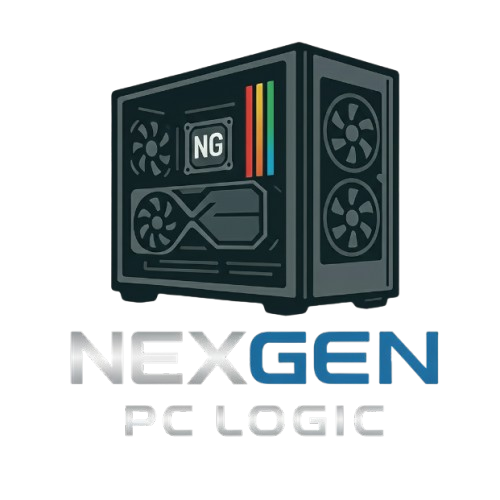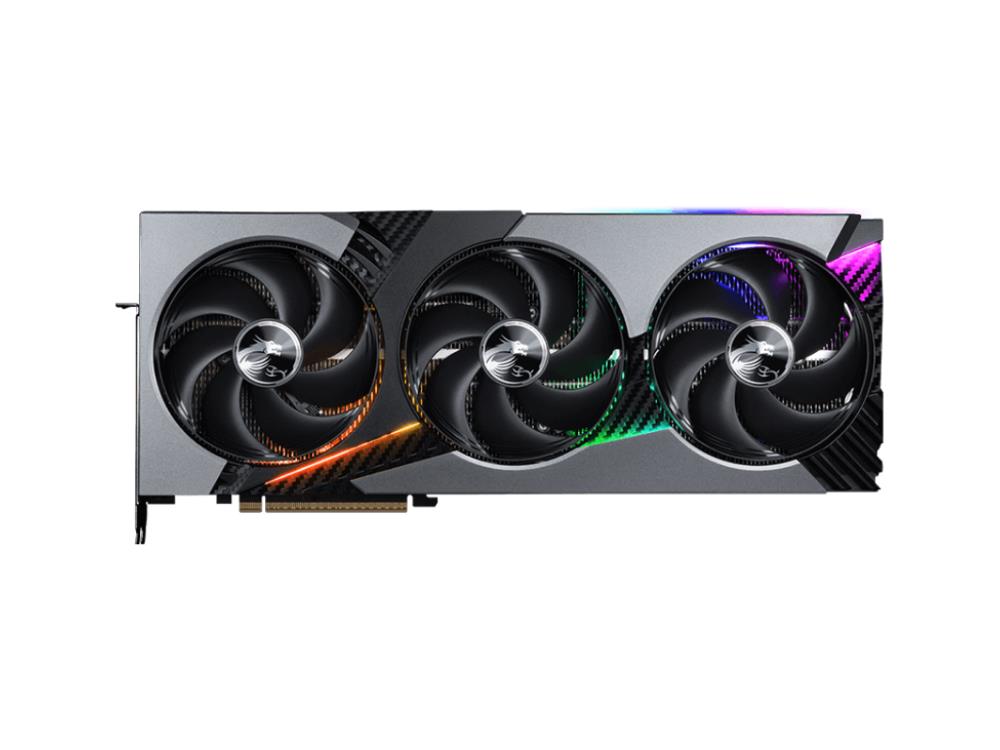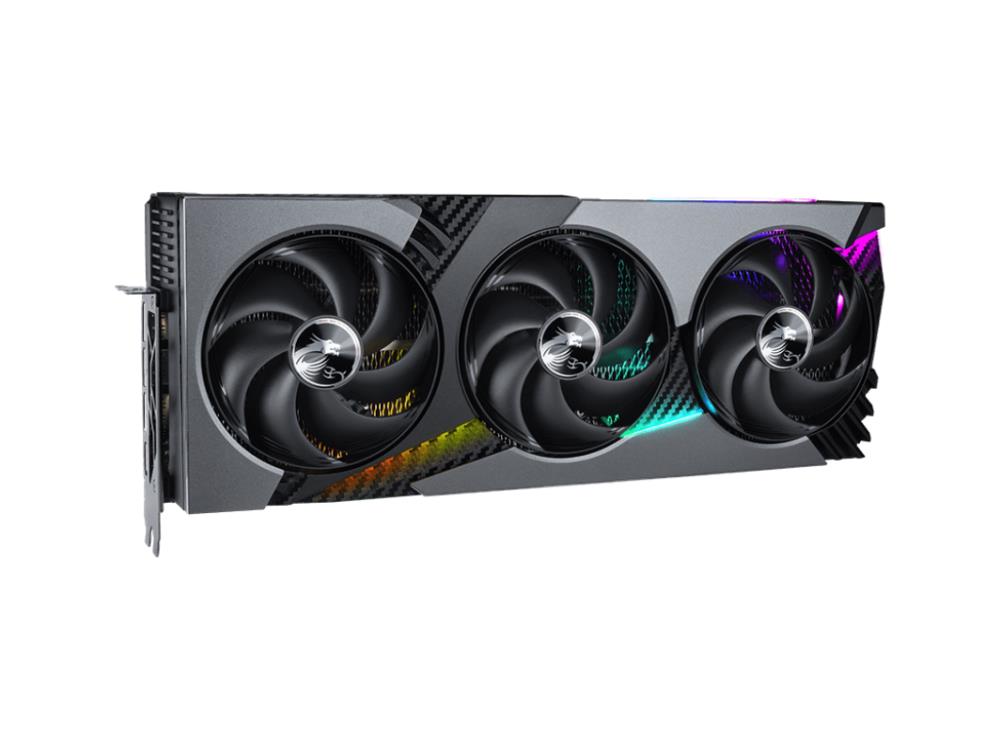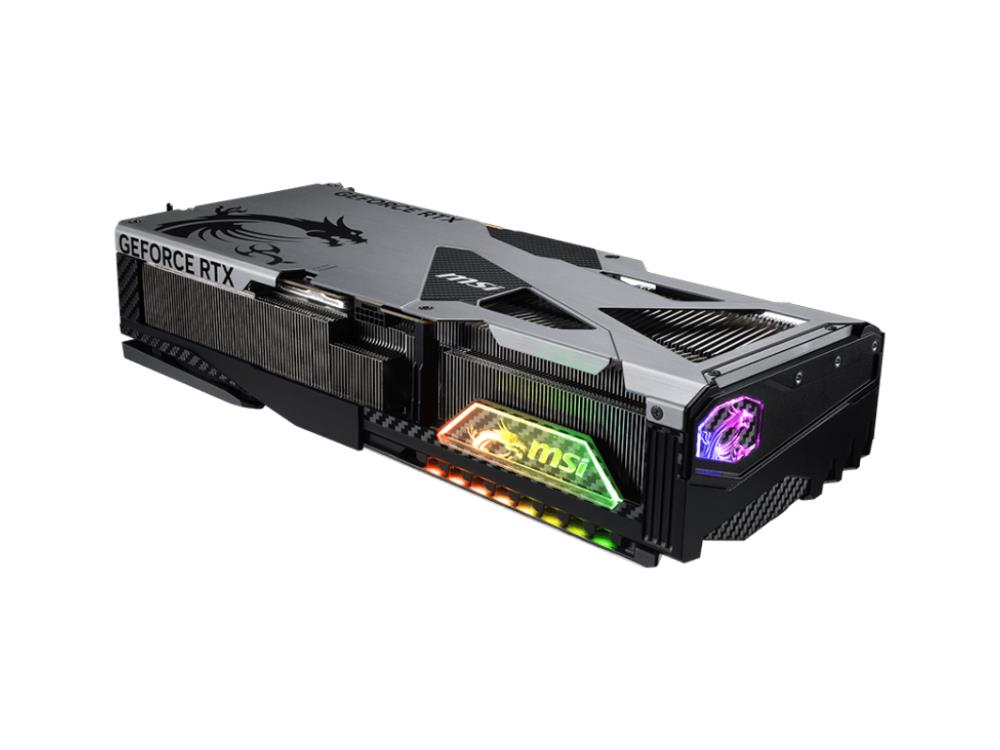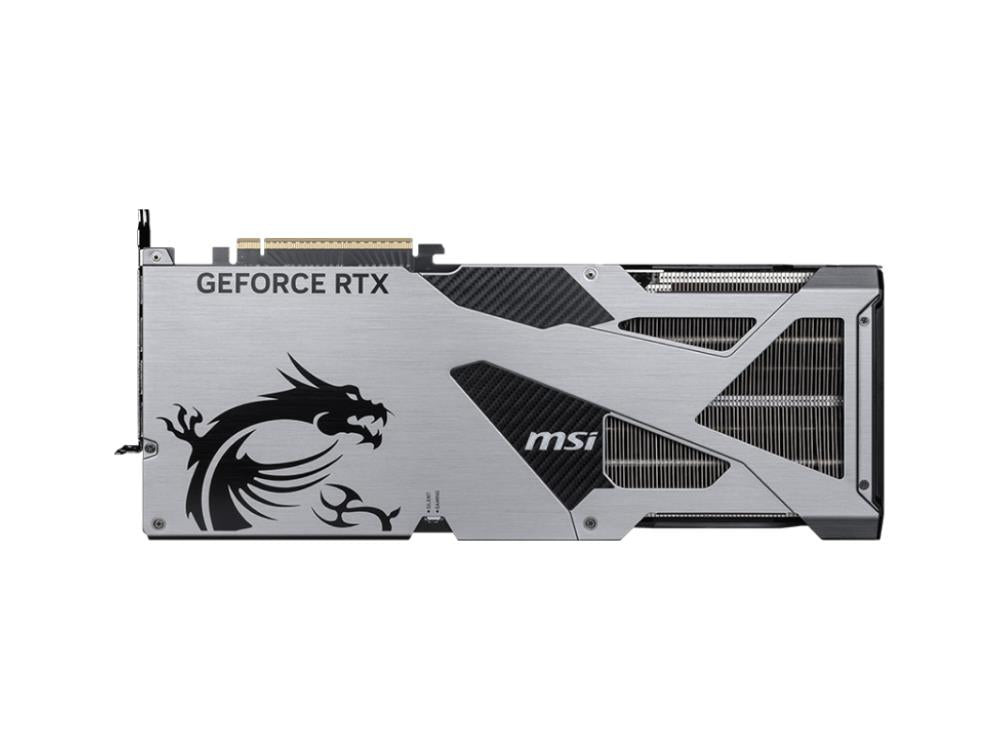MSI GeForce RTX 5090 32G VANGUARD SOC
MSI GeForce RTX 5090 32G VANGUARD SOC
Couldn't load pickup availability
The Unseen Force: MSI GeForce RTX 5090 VANGUARD SOC
The MSI GeForce RTX 5090 VANGUARD SOC is a silent powerhouse, built to deliver immense gaming performance in a sleek and minimalist design. This card is a true workhorse, featuring a powerful NVIDIA Blackwell GPU and a massive 32GB of GDDR7 memory to handle any game or creative task at the highest settings. Its robust cooling system and clean aesthetic make it the perfect choice for builders who want top-tier performance that speaks for itself.
⭐ Highlights
⭐ Highlights
32GB GDDR7 VRAM with 512-bit Bus | Factory Overclocked Vanguard SOC | Hyper Frozr Advanced Thermal Design | Dual BIOS (Gaming and Silent Modes) | Excellent Undervolting Efficiency Potential
⚙️ Specifications
⚙️ Specifications
GPU Manufacturer: MSI
GPU Model: GeForce RTX 5090 VANGUARD SOC
VRAM Size: 32 GB GDDR7
Boost Clock: 2550 MHz
Interface: PCI Express 5.0
Length and Height: 325 mm (Length), 136 mm (Height)
Width Slots: 3.5-Slot
Power Connectors: 3.5-Slot
PSU Wattage Recommendation: 1000W
Display Ports: 3 x DisplayPort 2.1, 1 x HDMI 2.1
Share
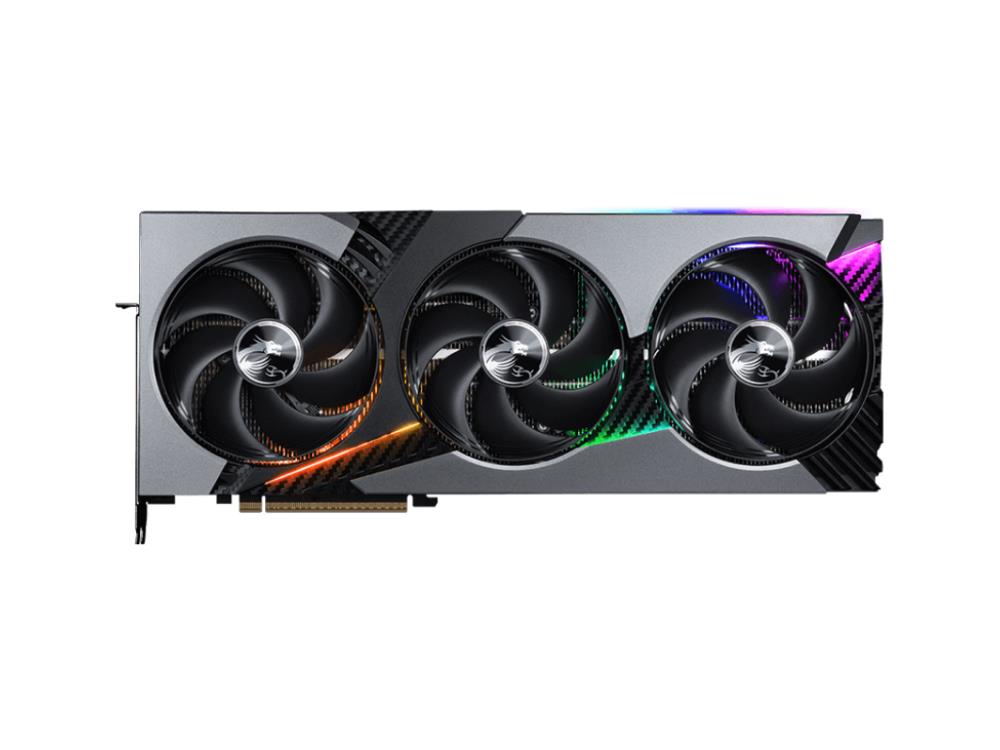
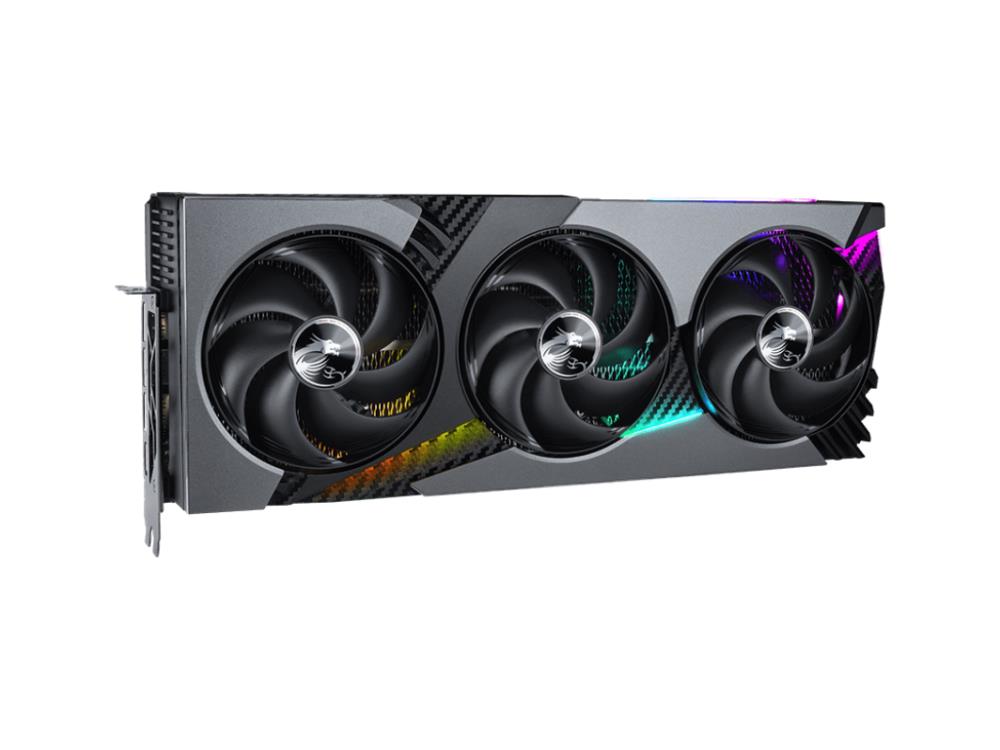
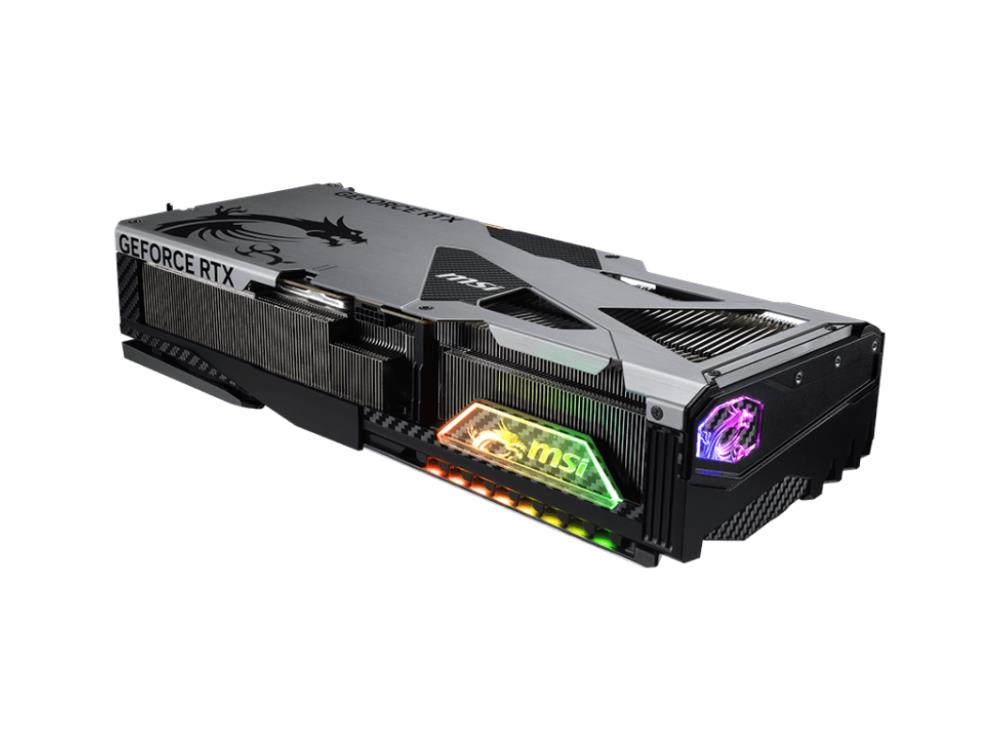
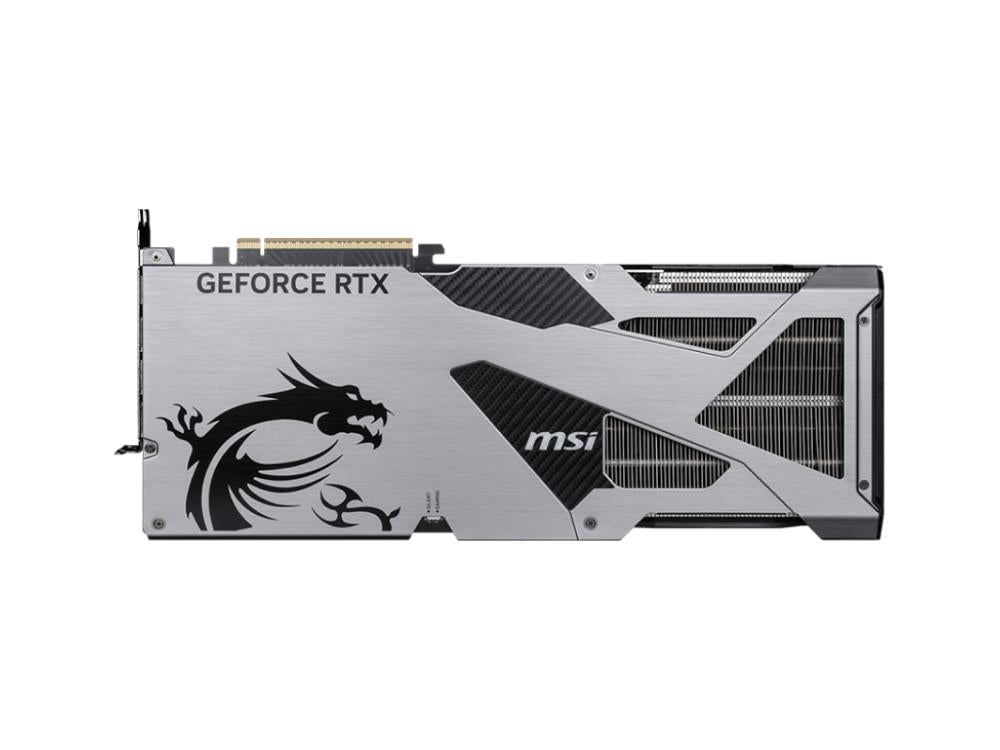
The POST-Check Protocol
-
PSU & Cable Capacity
Action: Must verify your Power Supply Unit (PSU) meets the GPU's minimum wattage recommendation and has the correct number/type of PCIe power connectors. Why: Underpowering the GPU causes system instability, crashes, and risks damage to the PSU or the graphics card itself.
-
Dedicated Power Cables
Action: Always use separate, dedicated PCIe power cables running from the PSU to each port on the GPU, avoiding "daisy-chain" cables when possible. Why: Daisy-chaining too much power through a single cable can lead to voltage drops or melted connectors on high-end cards.
-
Primary PCIe Slot
Action: Always install the GPU into the topmost, longest PCIe slot (usually an x16 slot), and ensure you remove the corresponding metal bracket(s) from the case's rear. Why: This slot is directly connected to the CPU and provides the full bandwidth required for optimal gaming performance.
-
Seating & Latch
Action: Align the GPU's gold connector with the slot and press firmly and evenly until you hear or feel a definitive click from the plastic retaining latch. Why: If the card is not fully seated, the system will not recognize the GPU, and the latch will not lock it in place.
-
Sag Prevention
Action: Use a GPU support bracket, anti-sag stand, or a screw-in support (if available) to support the card's outer edge. Why: Modern GPUs are long and heavy, and without support, they can gradually bend and stress the PCIe slot on the motherboard over time.
-
Monitor Connection
Action: After the PC is powered on and the operating system boots, plug your monitor cable (HDMI/DisplayPort) directly into the new GPU's ports, not the motherboard's ports. Why: The motherboard ports are for integrated graphics and will not display anything if a dedicated GPU is properly running.
